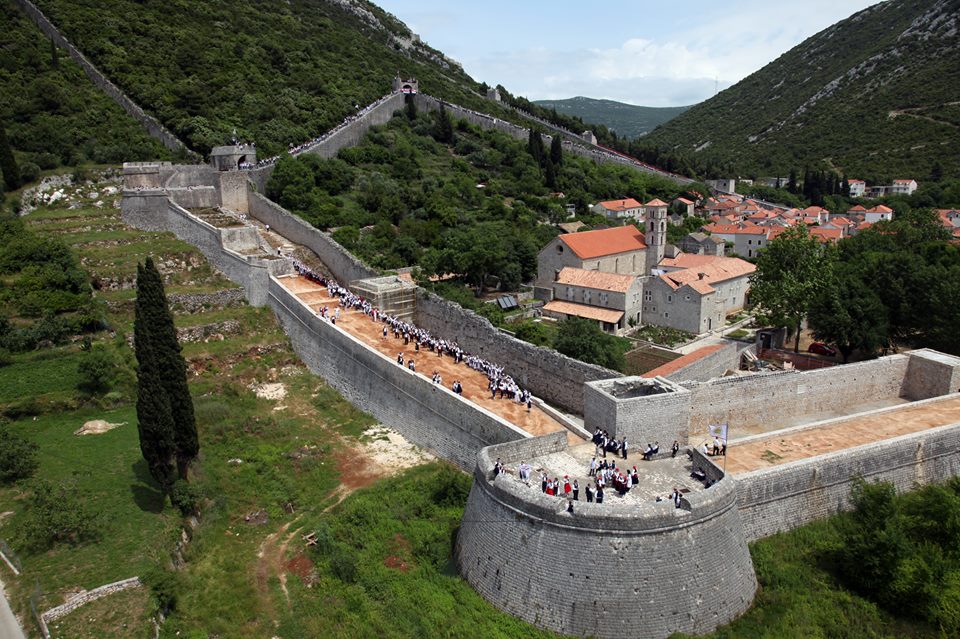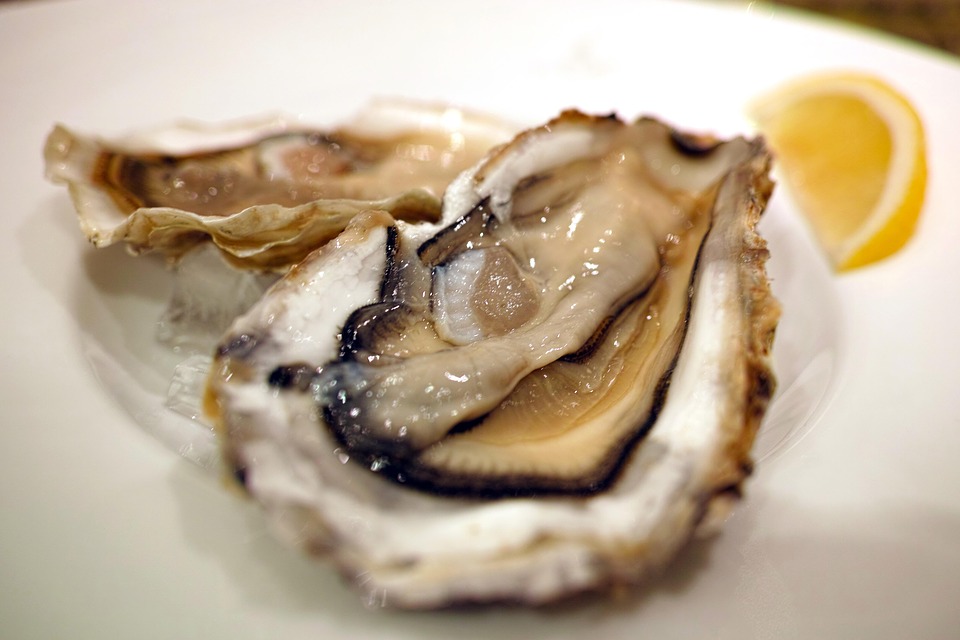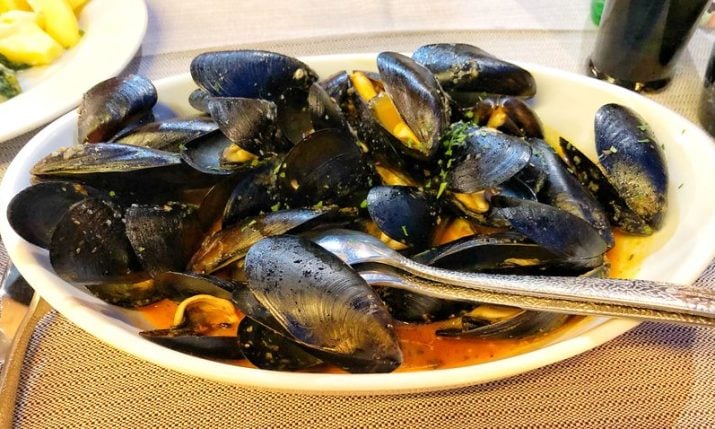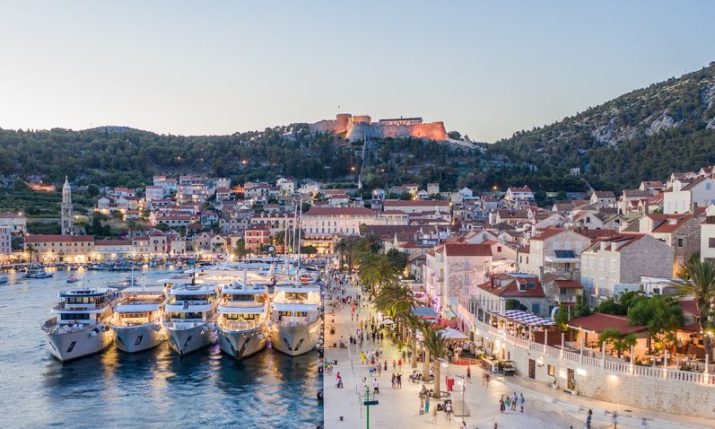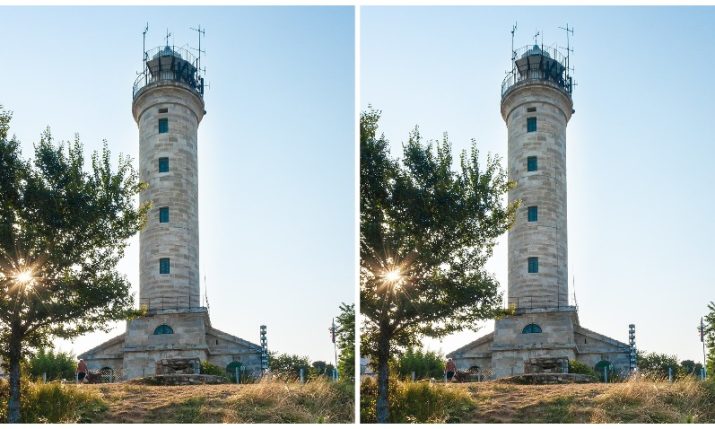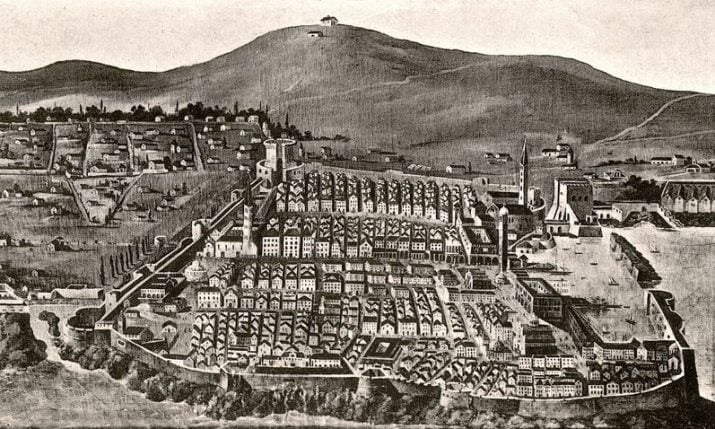Checking Out the Pelješac Peninsula
- by croatiaweek
- in Travel
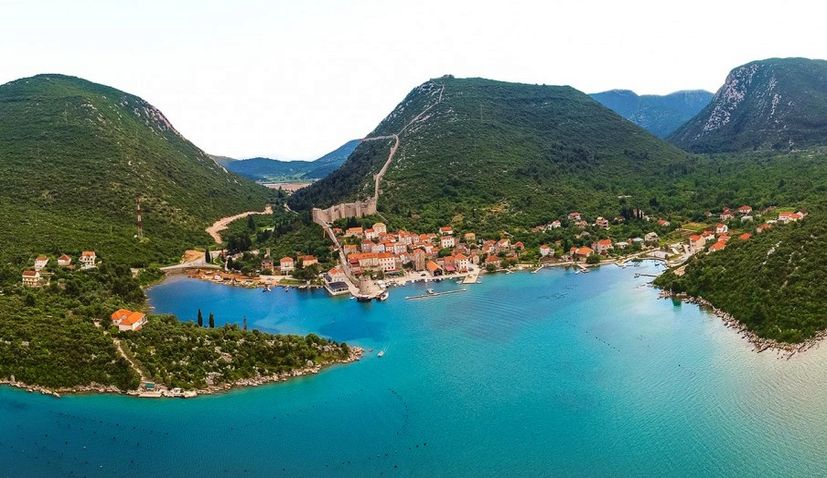
Pelješac is a peninsula in southern Dalmatia in Croatia (Photo: Ivo Biocina/HTZ)
By Iva Ralica
Pelješac, the second largest Croatian peninsula with a rich history dating back to the 7th century, stretches along the southern coast.
Small hills and valleys are rich in vineyards and olive trees, which together with lemon and orange trees, create a perfect Mediterranean paradise. There is so much to see and do on the Pelješac peninsula. Here are just 10.
The Walls of Ston
After the Great Wall of China, the magnificent Walls of Ston are the longest preserved fortification system in the world. Built in 1333, the purpose of the walls was to defend the Republic of Dubrovnik which was one of the best-structured cities in medieval Europe.

Walls in Ston (Visit Ston)
Together with forts and towers, the construction was originally 7000 meters long and is well preserved even today.
Visit the Island of Life
Settled in the channel of Mali Ston, this little island, called Otok Života (island of life) is a real Robinson destination. Historically, this was a private island until the WWII. In the past decades, it became completely deserted. It is rich in vegetation, olive and pine trees, among which the old building found their hiding place.
Salt Works – Ston
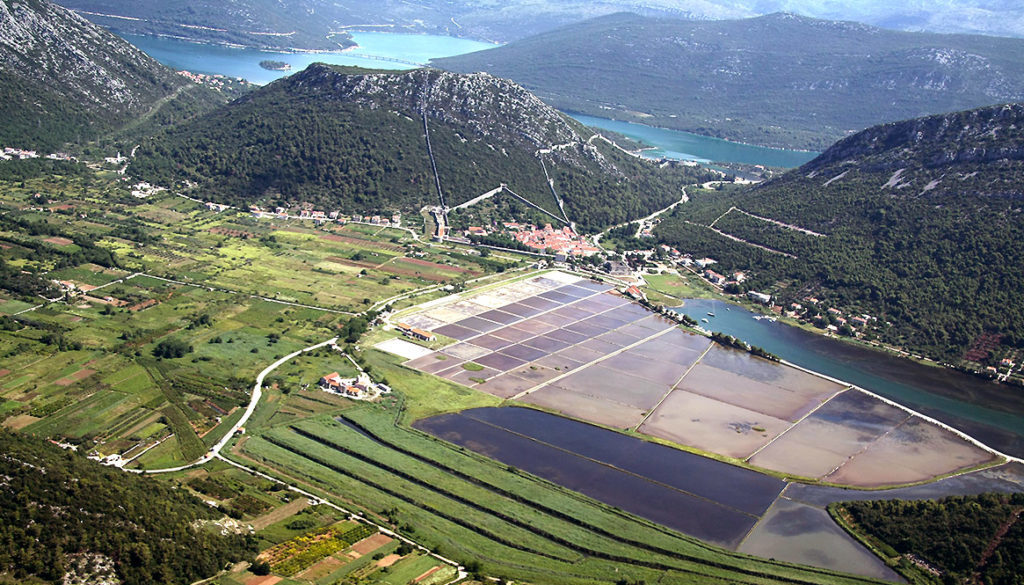
Ston salt works
This small medieval town is best known as the location of salt production. It guards the oldest active saltworks in the world. The town is full of Gothic and Renaissance buildings witnessing the historical development of the city. The gulf around it is well-known mussel and oysters farm.

Prapratno bay (Photo: ZoranStankoPhotography)
Nearby is a Prapratno bay with old olive and pine trees and beautiful sandy beach surrounded by the crystal blue sea.
Orebić
The largest town of Pelješac is located beneath the Mount St. Elijah. It was a home for sailors throughout history. The connection to the sea is shown in the Maritime Museum. Nearby is a beautiful sandy beach and bay Trstenica, ideal for spending fun time with friends or family.
Franciscan Monastery & Church of Our Lady of the Angels
Located 150 meters above the sea level of Orebić, this monument of church art built in the Gothic style offers stunning views of the islands of Korcula, Mljet and Lastovo.
Trpanj
This beautiful small town is one of the oldest settlements on the peninsula. The ruins of the old fortress guard the city and its history. This is also a great destination for summer nights involving night fishing, different tournaments, donkey races, festivals and concerts.
Gudnja Cave

Gudnja cave
This prehistoric site on the peninsula is located above Ston in the massif of Mount Porača at an altitude of 400m. The magnificent view over the sea spreads from the very entrance to the cave, surrounded by hills of the mountain chain.
Viganj
Viganj is a picturesque town with a botanical garden rich with flowers and plants the sailors brought as gifts from their travels. The area is also rich with beautiful beaches and is popular for sports lovers who enjoy water and surf activities.
Beaches
Beautiful beaches around the peninsula, as well as the hidden bays, will assure you this is another paradise-like location on the Adriatic coast. Visit the gorgeous sandy and pebble beaches Divna and Jezero, the breathtaking Mokalo beach hidden in a crystal sea bay.
Wine & Food
The area is well known for its fantastic wines, olive oil, fish, and shellfish so sampling these are the best way to experience the Mediterranean cuisine of the peninsula.
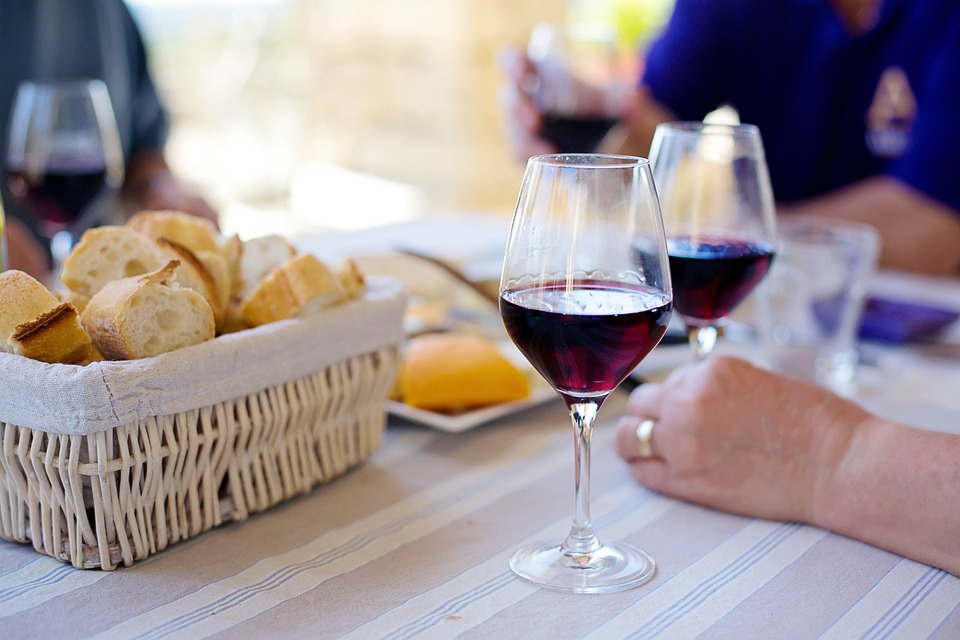
Oysters from Ston are known from the Roman times as a natural aphrodisiac and together with the long tradition of wine production such as Dingač and Postup make a perfect combination.

